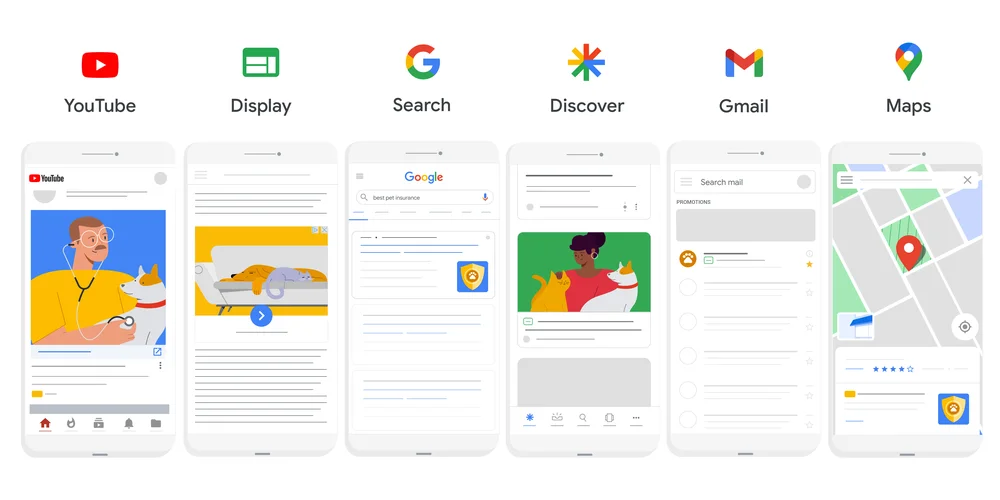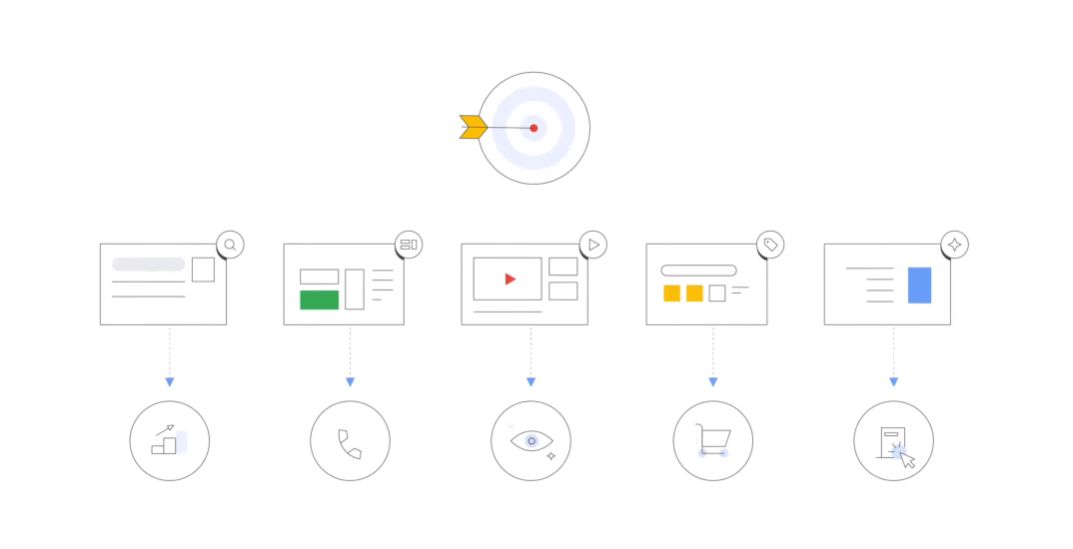Maximizing ROI with Google Performance Max Best Practices
ByViktoria Arsenteva
Viktoria Arsenteva, Marketing Manager at Lira Agency

Viktoria Arsenteva, Marketing Manager at Lira Agency
Google Performance Max stands out as a pivotal tool for advertisers aiming to enhance their return on investment (ROI) across Google's diverse advertising channels. This comprehensive guide is crafted to unpack the best practices for utilizing Performance Max effectively. Targeted towards business owners and marketing professionals, the article aims to provide insights and strategies to optimize advertising campaigns, ensuring they deliver maximum value and efficiency.
Google Performance Max is a goal-based campaign type that enables advertisers to access all of Google's inventory from a single campaign. It uses machine learning to find the best-performing ad placements across Google's channels, including Search, Display, Discover, YouTube, Gmail, and Google Maps. This approach helps in reaching more potential customers and driving more conversions.
The significance of PMax lies in its ability to streamline campaign management and improve efficiency. By harnessing the power of Google's machine learning algorithms, advertisers can optimize their ad spend, target audiences more effectively, and achieve higher ROI.
Comprehensive Reach Across Google Networks: One of the most significant advantages of Performance Max is its ability to distribute ads across all Google platforms. This extensive reach ensures that your ads can be seen by a broad audience, regardless of where they spend their time online.
Advanced Machine Learning Capabilities: Performance Max utilizes Google’s sophisticated machine learning algorithms to optimize ad placements. This technology continuously learns and adapts based on user interactions, enhancing the targeting and effectiveness of campaigns over time.
Simplified Campaign Management: With Performance Max, advertisers can manage their campaigns across multiple Google channels from a single interface. This consolidation simplifies the advertising process, saving time and reducing the complexity involved in managing separate campaigns for each channel.
Dynamic Budget Allocation: The platform dynamically allocates budget across different channels, ensuring that your advertising spend is used in the most efficient way possible. This flexibility in budget allocation helps in maximizing ROI.
Enhanced Audience Targeting: By using audience signals, Performance Max can target ads to users who are most likely to be interested in your products or services, increasing the likelihood of conversion.
Versatility in Marketing Goals: Whether your objective is to increase sales, generate leads, or drive traffic, Performance Max can be tailored to meet various marketing goals, making it a versatile tool for different business needs.
However, while the use of machine learning is a strength, it can also be a limitation. The algorithms require time to learn and optimize, which means there can be a period of lower efficiency at the start of a campaign.
To effectively harness the capabilities of Google Performance Max and maximize your return on investment (ROI), it is crucial to adopt a set of best practices when and after creating a campaign.
1. Importance of Goal Definition
A Performance Max campaign's success heavily relies on the clarity of your business objectives. Identifying whether your aim is to increase online sales, acquire new leads, or boost web traffic is vital. Precise goal-setting forms the backbone of your campaign strategy, directing Google's algorithms to tailor your campaign towards these specified aims.
2. Strategies for Goal Setting
When setting goals, they should be specific, measurable, achievable, relevant, and time-bound (SMART). This specificity aids Google’s algorithms in fine-tuning your campaign to align with these goals. It’s important to strike a balance between ambitious and realistic objectives, ensuring that your goals are challenging yet attainable within your market context.
1. Understanding Audience Signals
Audience signals are crucial in informing Google about your ideal customer profile. These signals encompass various data points such as user demographics, interests, and previous interactions with your business. They play a significant role in guiding the Performance Max algorithms to target your ads towards users most likely to convert.
2. Best Practices for Utilizing Audience Signals
To maximize the effectiveness of your audience signals, it’s essential to provide comprehensive and accurate data. The richness of this data allows for more precise targeting.
However, it’s also important to maintain a balance and not overly restrict your audience. This balance ensures that while the core target audience is reached, the algorithms also have the flexibility to discover and target potential customers who fall slightly outside the immediate target criteria.
1. What Are Asset Groups?
Asset Groups in Performance Max serve as a repository of your advertising materials, including images, videos, headlines, and descriptions. These groups are used by Performance Max to assemble ads that are displayed across various Google platforms. Each group should encapsulate a distinct aspect of your business or product offering, allowing for diverse representation in your ads.
2. Tips for Asset Group Optimization
It's crucial to focus on the diversity and quality of your asset groups. Assets should be visually appealing, representative of your brand, and resonate with your target audience. Experimenting with various combinations of assets and monitoring their performance is key to understanding what appeals most to your audience.
1. Allocating Budget Effectively
Determining the right budget for your Performance Max campaign is a critical decision. This budget should align with your marketing goals and overall business objectives. It’s essential to allocate enough resources to allow the machine learning algorithms to gather sufficient data for optimization. A well-planned budget ensures that your campaign has the potential to learn, adapt, and perform effectively.
2. Bidding Strategies
Selecting an appropriate bidding strategy is contingent on your campaign goals. For objectives centered around conversions, strategies like 'Maximize conversions' or 'Maximize conversion value' are often suitable. These strategies use machine learning to automatically adjust bids in real-time, aiming to get the most conversions or conversion value for your budget.
1. The Importance of Analytics
Continuous monitoring and analysis of your campaign’s performance are indispensable. This process involves examining key metrics and KPIs to gain insights into the effectiveness of your campaign. Regular analysis helps in identifying trends, understanding customer behavior, and pinpointing areas for improvement.
2. Making Adjustments
Based on the insights derived from analytics, it’s crucial to be flexible and ready to adjust your strategy. This could involve modifying audience signals, revising asset groups, or reallocating your budget to areas showing more promise. Being responsive to the data ensures that your campaign remains optimized and continues to perform at its best.
Google Performance Max is a powerful tool for digital marketers aiming to enhance their ROI. By setting clear goals, leveraging audience signals, optimizing asset groups, effectively allocating budgets, and continually analyzing and adjusting campaigns, you can harness the full potential of Performance Max.

